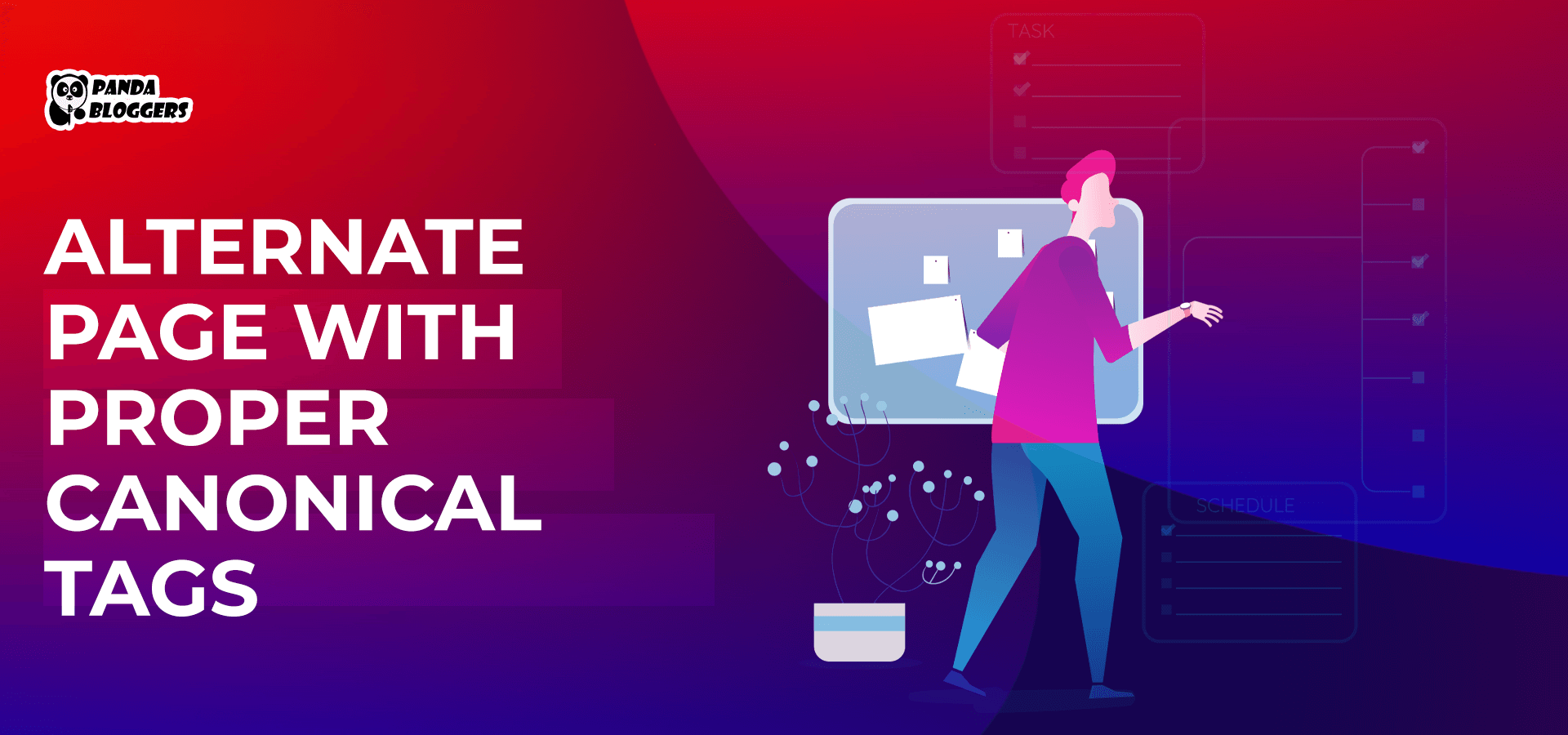 Black Hat SEO Techniques to Avoid
Black Hat SEO Techniques to Avoid
The frequent search algorithm updates by Google create many new search engine optimization (SEO) trends and make many widely used SEO techniques ineffective. While implementing an SEO strategy, you must focus on adopting emerging SEO trends early and proactively. At the same time, you must identify and avoid the black hat SEO techniques to avoid harsh penalties.
According to Search Engine Journal,
“In its early years, Google only made a handful of updates to its algorithms. Now, Google makes thousands of changes every year. Most of these updates are so slight that they go completely unnoticed. However, on occasion, the search engine rolls out major algorithmic updates that significantly impact the SERPs.”
Unlike white hat SEO techniques, black hat SEO techniques boost a website’s search engine visibility by violating search engine guidelines. Some of the black hat SEO techniques initially help you to get website traffic from organic search. But the unethical tactics always impact the website’s user experience and search engine ranking and visibility in the longer run. While implementing or finetuning SEO strategy, you must focus on black hat SEO techniques to avoid in 2023.
9 Black Hat SEO Techniques You Must Avoid
1. Posting Low-Quality and Duplicate Content
Each search engine algorithm update aims to deliver more relevant and updated information to searchers. Hence, search engines use the quality of content as the key metric while ranking websites. You can easily improve your website’s search engine visibility by posting unique and useful content regularly. But you will violate search engine guidelines by posting low-quality content or posting the same piece of content on multiple locations.
2. Stuffing Keywords
Major search engines have already moved from keyword-based search to intent-based search. But many digital marketers still try to improve a website’s search engine ranking by including additional keywords in the content. They try to trick search engines by stuffing keywords in various sections of a page unnaturally. While creating and posting content for SEO campaigns in 2023, you need to ensure that targeted keywords are not stuffed into the content randomly and unnaturally.
3. Negative SEO
While implementing SEO strategies, many digital marketers focus on reducing the search engine ranking of competitor websites. Instead of focusing on increasing the search engine visibility of their own website, they try to penalize the higher-ranked website by generating a large number of low-quality and unnatural backlinks. Your SEO strategy must focus on generating high-quality backlinks to your website without violating search engine guidelines. Also, you must audit your website’s link profile regularly to eliminate the impact of negative SEO.
4. Hiding Text from Users
While designing web pages, many digital marketers use CSS to hide text from human users. They hide text on web pages in a variety of ways – reducing the font size to zero, posting images over the text, or using the same text and background colors. They embed targeted keywords in the hidden text to boost the website’s search engine visibility. You must remember that search engine crawlers these days use artificial intelligence (AI) to index and rank web pages. They can easily identify the hidden text on a web page.
5. Cloaking
Cybercriminals use cloaking as an effective technique to make it difficult for website owners to identify hacking. But many digital marketers violate search engine guidelines using cloaking as an SEO technique.
According to Google,
“Cloaking refers to the practice of presenting different content or URLs to human users and search engines. Cloaking is considered a violation of Google’s Webmaster Guidelines because it provides our users with different results than they expected.”
Your SEO strategy must not differentiate between search engines and human users while presenting content or URLs.
6. Misleading Redirects
As a widely used white hat SEO technique, redirects send search engine crawlers and human users to more relevant web pages. Digital marketers use redirects to present more relevant content without violating search engine guidelines. But the digital marketers violate search engine guidelines when they use redirects in a manner similar to cloaking. They use redirects to present different content to human users and search engine crawlers. The sneaky redirects make the search engine crawlers index the original URL while taking human users to another URL.
7. Link Schemes
According to Google Search Central,
“Any links intended to manipulate PageRank or a site’s ranking in Google search results may be considered part of a link scheme and a violation of Google’s Webmaster Guidelines. This includes any behavior that manipulates links to your site or outgoing links from your site.”
Your SEO strategy in 2023 needs to ensure that incoming or outgoing links to the website are not generated using back hat techniques like paid links, excessive link exchange, large-scale guest blogging campaigns, automated link building, and spammy bookmarking and directories.
8. Creating Doorway/Gateway Pages
Many digital marketers create doorway pages or gateway pages with the intention to make a web page rank higher for particular search queries. Such pages do not offer any valuable or relevant information to searchers. But they even lead a searcher to multiple pages on the same website on search engine result pages (SERPs). While implementing an SEO strategy, you must not forget to check if there are doorway pages or gateway pages that connect a particular section of the website to content-focused landing pages.
9. Misusing Structured Data
As a standardized format, structured data helps webmasters to convey additional information about a web page by implementing specific markups. Digital marketers can use structured data to describe entities, actions, and interrelationships without violating any search engine guidelines. But many digital marketers violate search engine guidelines by misusing structured data. They use structured data as an SEO technique to increase a website’s search engine visibility by providing incorrect and misleading information. For instance, they divert more traffic to the website from search engines by posting fake reviews or increasing use ratings.
The frequent search engine algorithm updates make it essential for you to abandon commonly used SEO techniques and experiment with innovative SEO techniques. But your SEO strategy must comply with the latest search engine guidelines by focusing on black hat SEO techniques to avoid. You can easily boost your website’s user experience and search engine visibility in the long run by implementing only white hat SEO techniques.









Leave a Reply